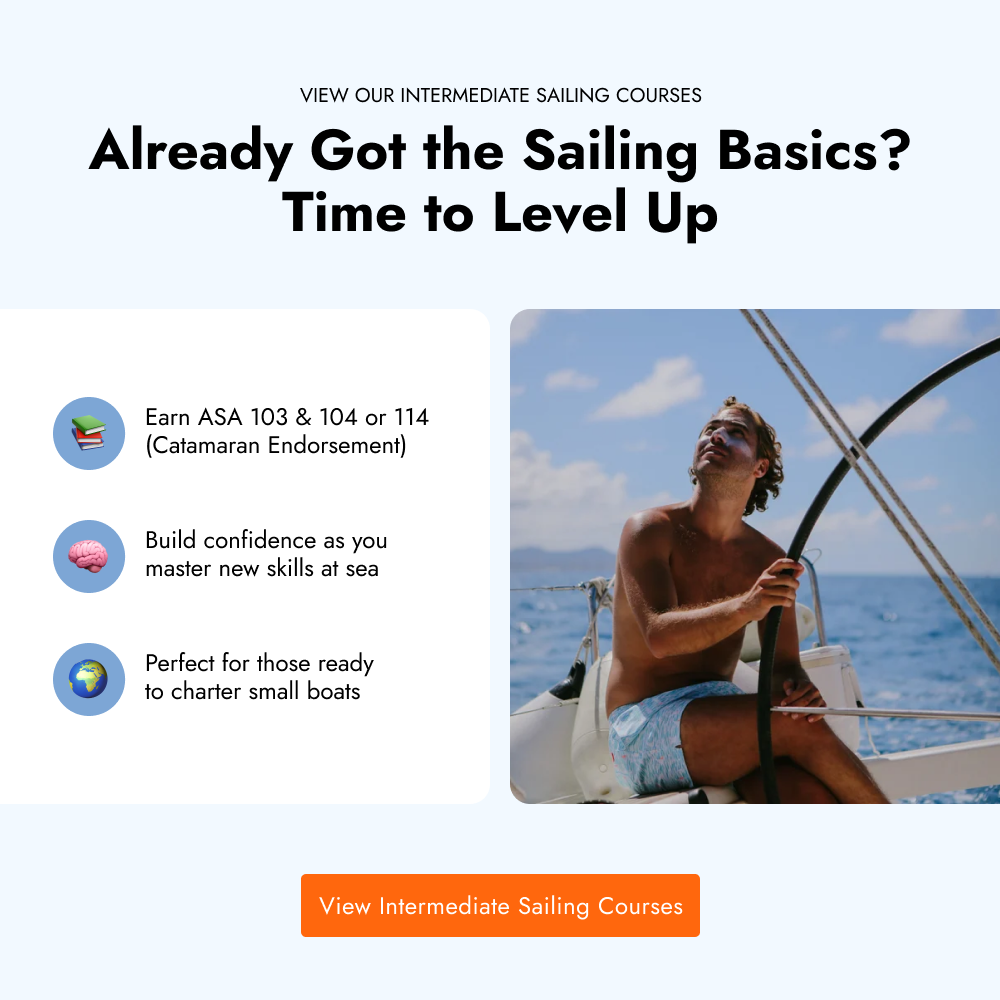That first glimpse of a nautical chart can feel overwhelming. All those squiggly lines, random numbers, and mysterious symbols might as well be ancient hieroglyphics! But here's the awesome news: learning to read nautical charts is way easier than most people think.
After watching hundreds of sailing newbies transform into confident navigators, this guide breaks it down into 7 simple steps.

Step 1: Master the Color Code on Your Paper Chart
Understanding colors on a nautical chart instantly reveals safe passages and hidden dangers. Every shade tells boaters crucial information about water depth beneath their keel:
- Tan/Yellow areas = Land features and shorelines
- White water = Deep areas safe for navigation
- Light blue zones = Shallow water requiring caution
- Standard blue = Intermediate depth areas
The brilliance of this system shines through when you're approaching an unfamiliar harbor at sunset. One glance at your chart's colors guides you safely to anchorage.
National Oceanic and Atmospheric Administration (NOAA) charts use these standardized colors throughout U.S. waters, making navigation consistent from Maine to Hawaii.
Spend just 30 seconds scanning any harbor chart to identify deep versus shallow areas using colors alone. This skill becomes automatic faster than learning to tie a bowline!
Step 2: Decode Depth Soundings and Contour Lines
Those scattered numbers across your chart? They're depth soundings. Your underwater altitude readings show exactly how much water sits between your boat and the bottom:
- Soundings appear as individual numbers showing depth in feet, meters, or fathoms.
- One fathom equals 6 feet (a traditional unit of measurement still used today).
- Depth contour lines connect points of equal depth, revealing underwater terrain.
- Charts display depths at Mean Lower Low Water (MLLW), which is the average lowest tide level.
Understanding these depth indicators prevents that heart-stopping moment when your depth alarm suddenly screams. The contour lines work like topographic maps, helping visualize underwater valleys and mountains that affect anchoring and navigation.
A harbor chart showing "12" near the entrance means 12 feet of water at low tide. If your boat draws 5 feet, you've got 7 feet of cushion. That’s a comfortable clearance for most conditions!
Step 3: Learn Essential Symbols and Abbreviations
Familiarize yourself with every mark on a hydrographic chart:
- Asterisks (*) = Underwater rocks or obstructions
- Fish-shaped symbols = Wrecks (marked to protect your keel)
- Diamond shapes = Buoy positions (floating street signs)
- Anchor symbols = Designated anchorages
- Dotted lines = Reef boundaries or shallow areas
The abbreviation system follows international standards that become familiar friends. "Rk" warns of rocks, "Obstn" indicates obstructions, and "M" reveals muddy bottoms perfect for anchoring.
The NOAA publishes Chart No. 1 as your free decoder ring for every symbol imaginable.

Step 4: Measure Distance Using Latitude Lines
Forget complicated calculations! Navigation distance measuring works well with this simple technique:
Use dividers to span the distance between two points. Move those dividers to the latitude scale on either side of the chart. Count the minutes of latitude, remembering each minute equals one nautical mile.
This elegant solution works because latitude lines maintain consistent spacing worldwide. It's one of those breakthrough moments that make paper chart navigation surprisingly easy.
Planning that dream passage between harbors becomes simple math. Measure the distance to calculate the arrival time based on your boat's cruising speed.
Step 5: Plot Your Position Using Coordinates
Finding yourself on a chart involves basic coordinate reading that becomes second nature:
- Locate latitude markings (horizontal lines) along the chart edges
- Find longitude markings (vertical lines) at the top and bottom
- Draw imaginary lines from both scales
- Your position sits where these lines intersect
This fundamental navigation skill provides backup when electronics fail and helps confirm Global Positioning System (GPS) readings. Many seasoned boaters practice manual plotting regularly, finding zen in the ritual of traditional navigation.
Step 6: Plan Your Route Around Hazards
Route planning transforms a nautical chart into your adventure map:
- Mark your departure point (marina or favorite anchorage)
- Identify your destination (that legendary beach bar!)
- Draw a preliminary course line
- Scan for hazards along this path:
- Shallow areas threatening your boat draft
- Marked obstructions or rocky outcrops
- Reef systems require respect
- Restricted zones or active channels
- Adjust the course to maintain safe water throughout
Smart planning includes checking tide tables, too. That marginal 8-foot sounding transforms into a comfortable 12-foot depth at high tide, potentially opening a shorter route.
Step 7: Convert True Bearings Using the Compass Rose
The compass rose on every chart bridges the gap between chart navigation and your boat's compass:
- Use parallel rulers to determine your true course direction.
- Find the compass rose (charts include several for convenience).
- Note the magnetic variation shown in the center.
Apply this correction: Eastern variation means subtract from the true bearing. Western variation means adding to the true bearing. The result gives your magnetic compass course!
This conversion matters because your boat's compass follows magnetic north, not true north. The difference varies by location and shifts slightly each year.
Put Your Chart Skills to Work on Open Water
Reading about nautical charts builds foundation knowledge, but magic happens when you spread that chart across a sun-warmed cockpit table. That's exactly what makes Sailing Virgins' ASA 101 and 103 courses transformative experiences.
Students master chart reading while island hopping through turquoise waters, building confidence with each successful passage.
The British Virgin Islands offer ideal learning conditions with consistent winds, crystal clear visibility, and fascinating navigation challenges. Croatia's Adriatic coastline provides equally stunning classrooms with its maze of historic islands and hidden coves.
After 7 days living aboard and practicing these skills from sunrise to sunset, graduates read charts instinctively and navigate with confidence.
Join Sailing Virgins' Beginner Sailing Courses and transform those chart-reading skills into sailing experiences!


